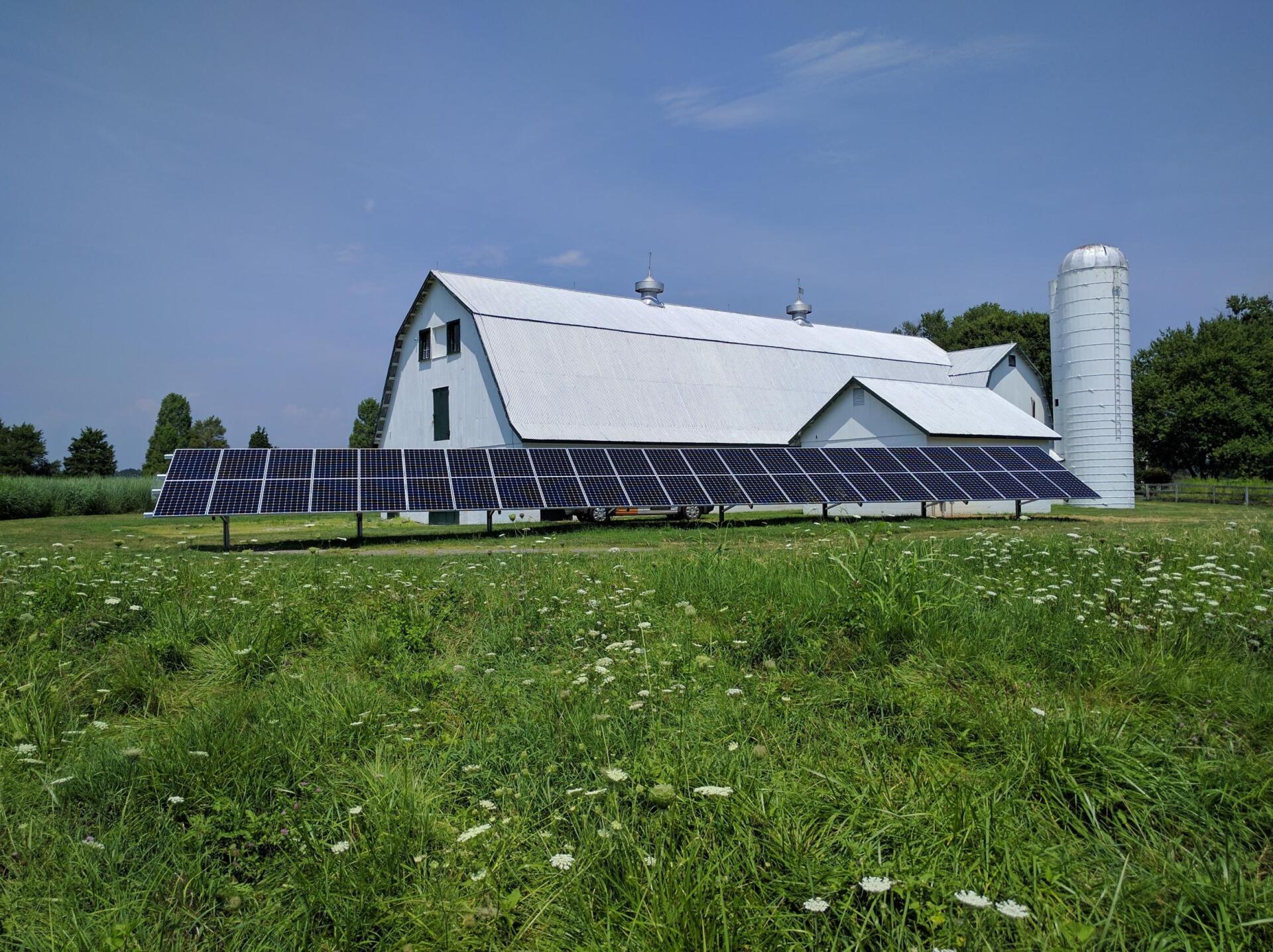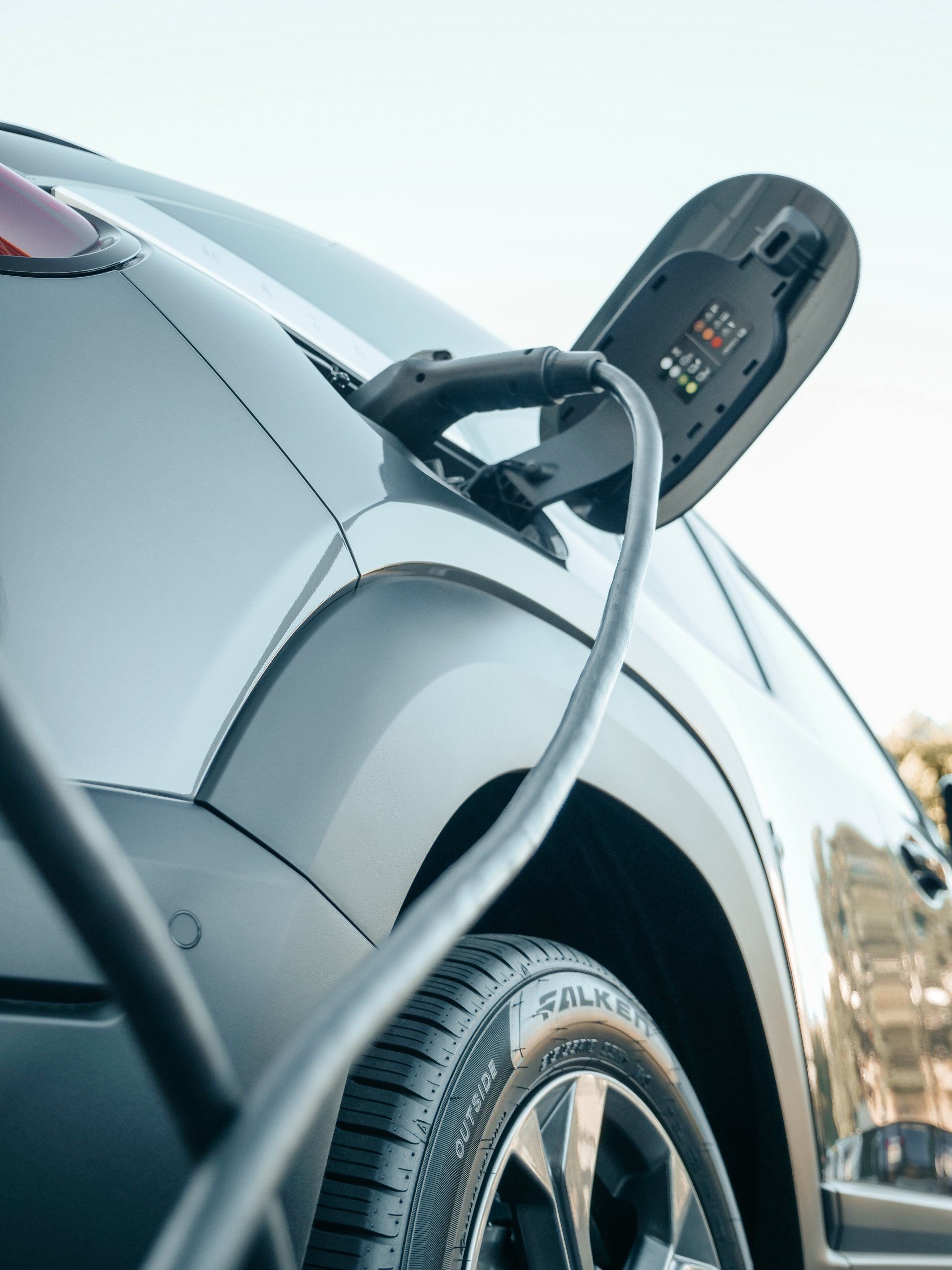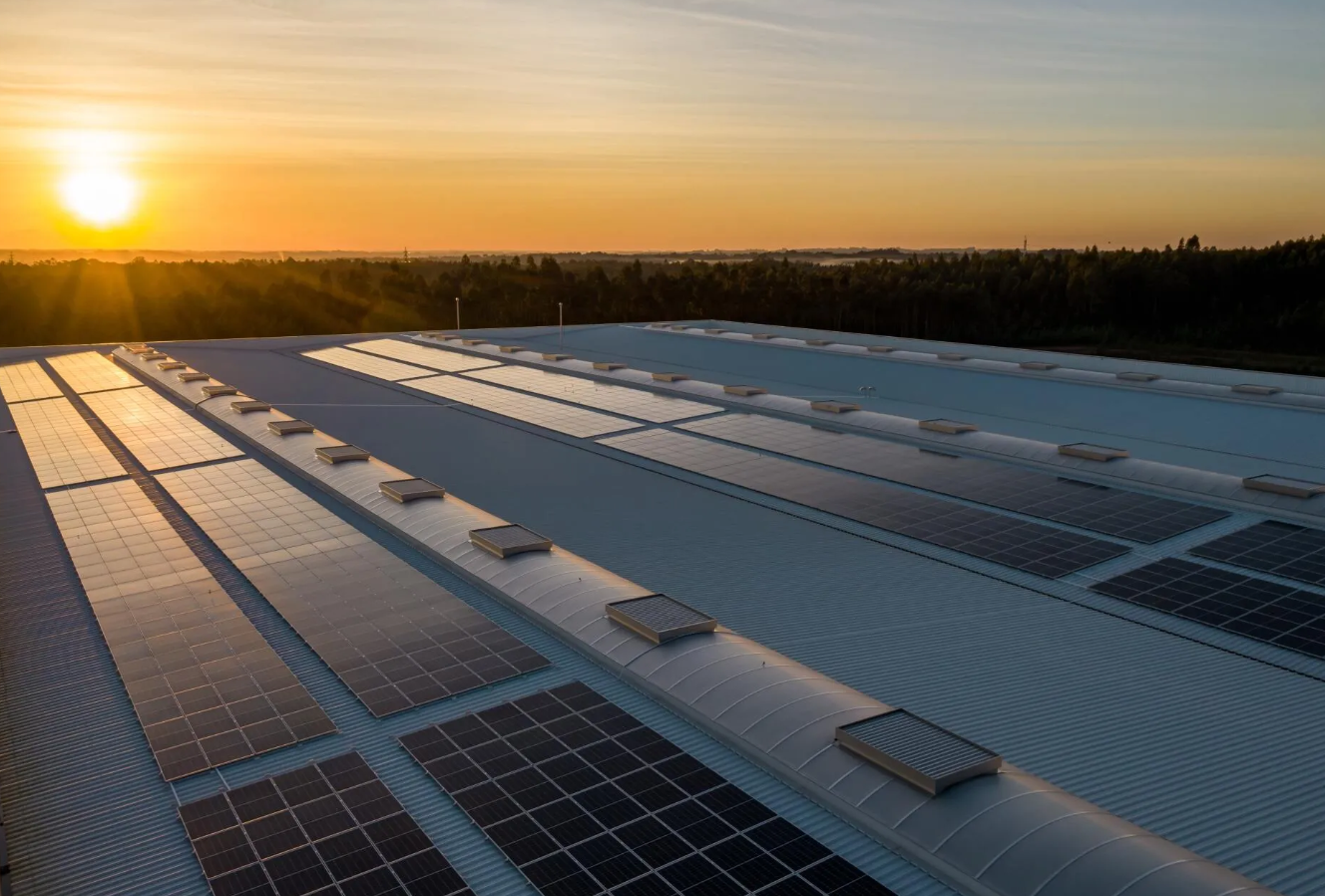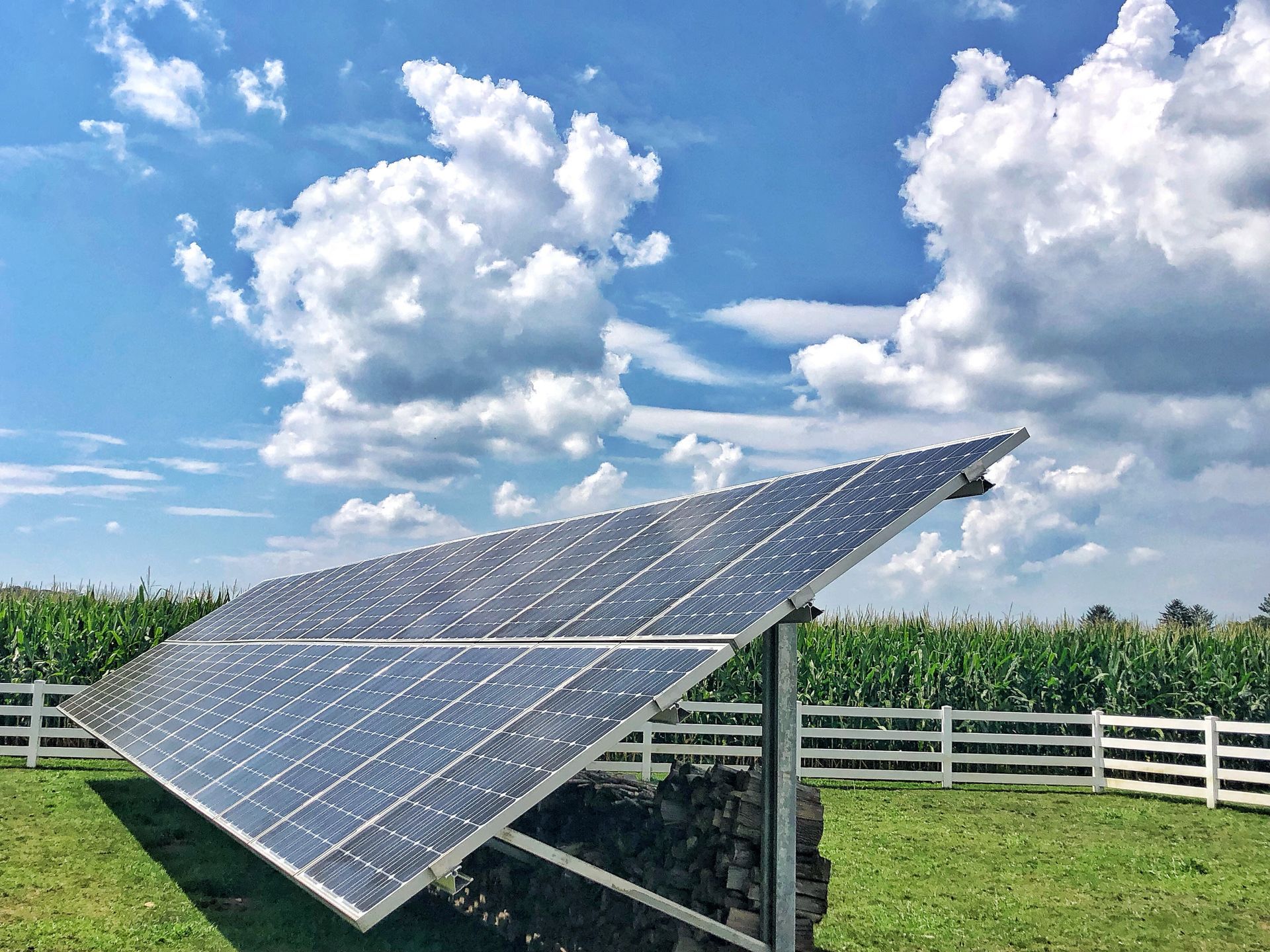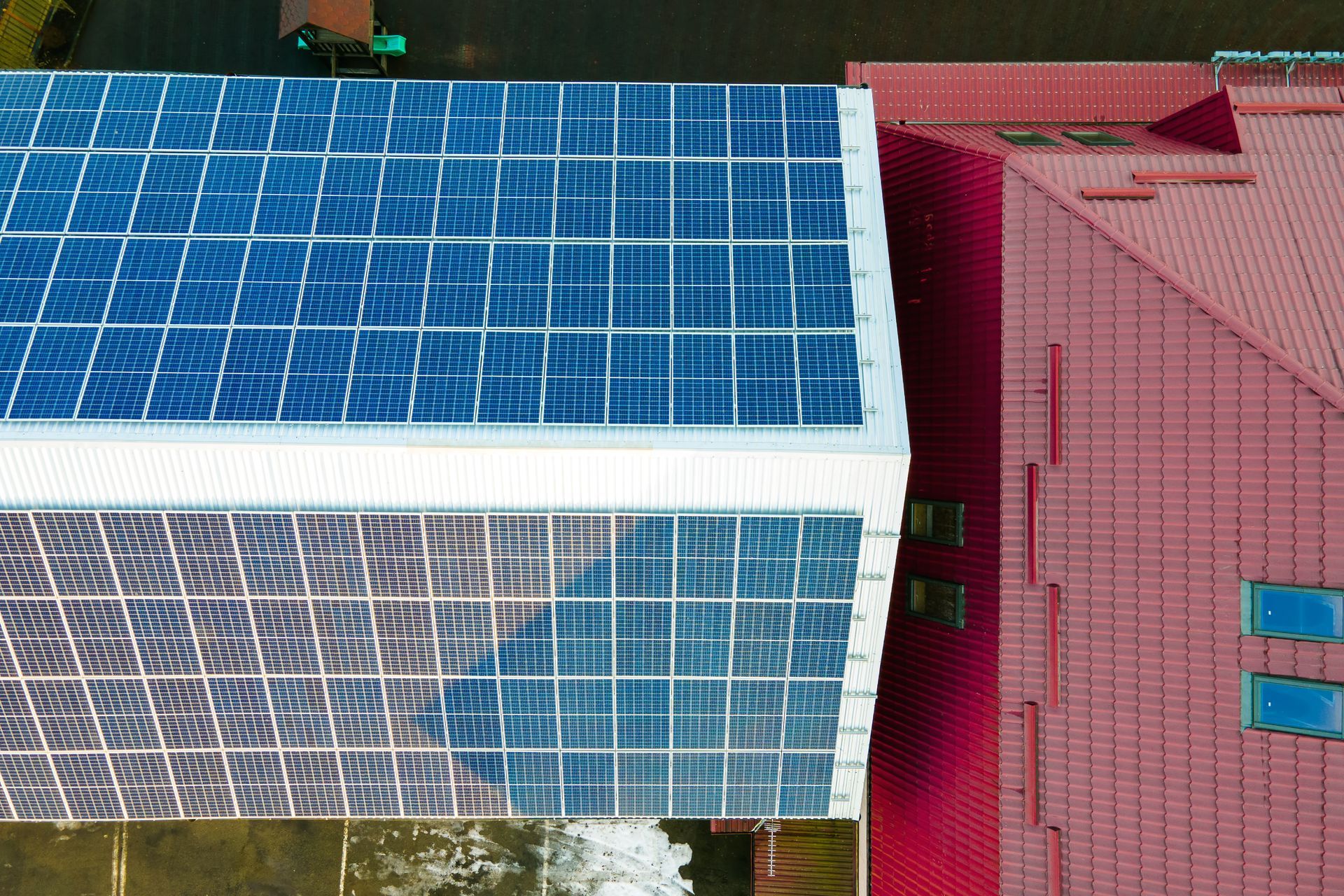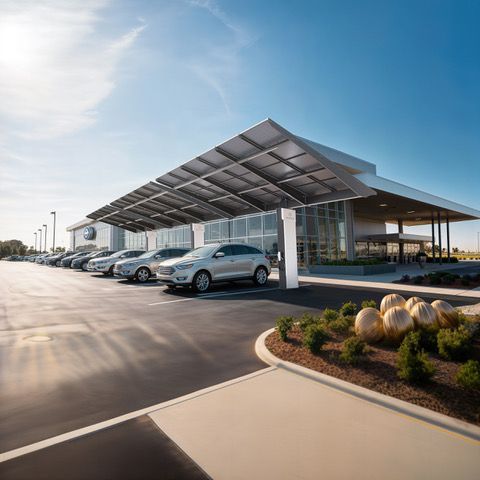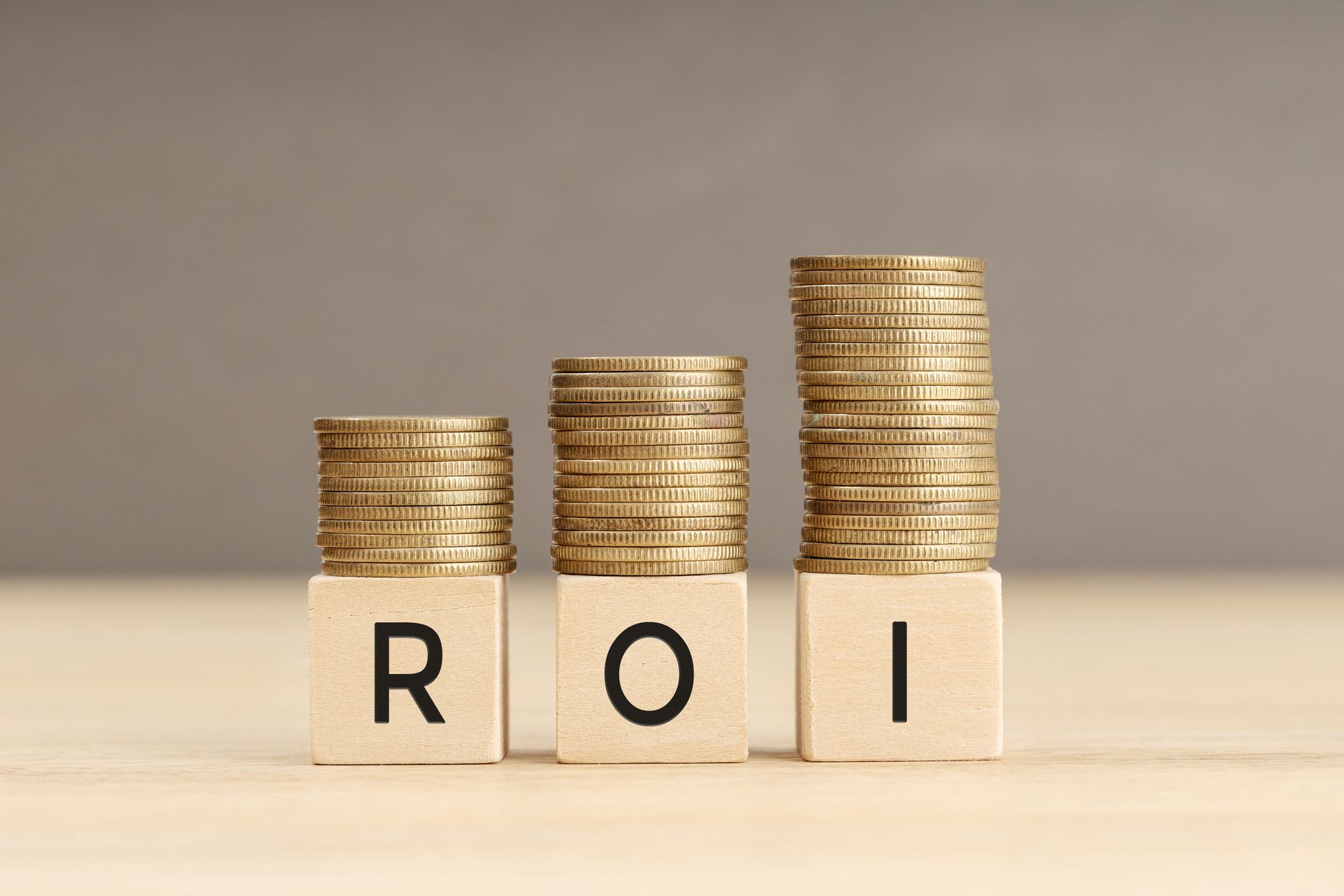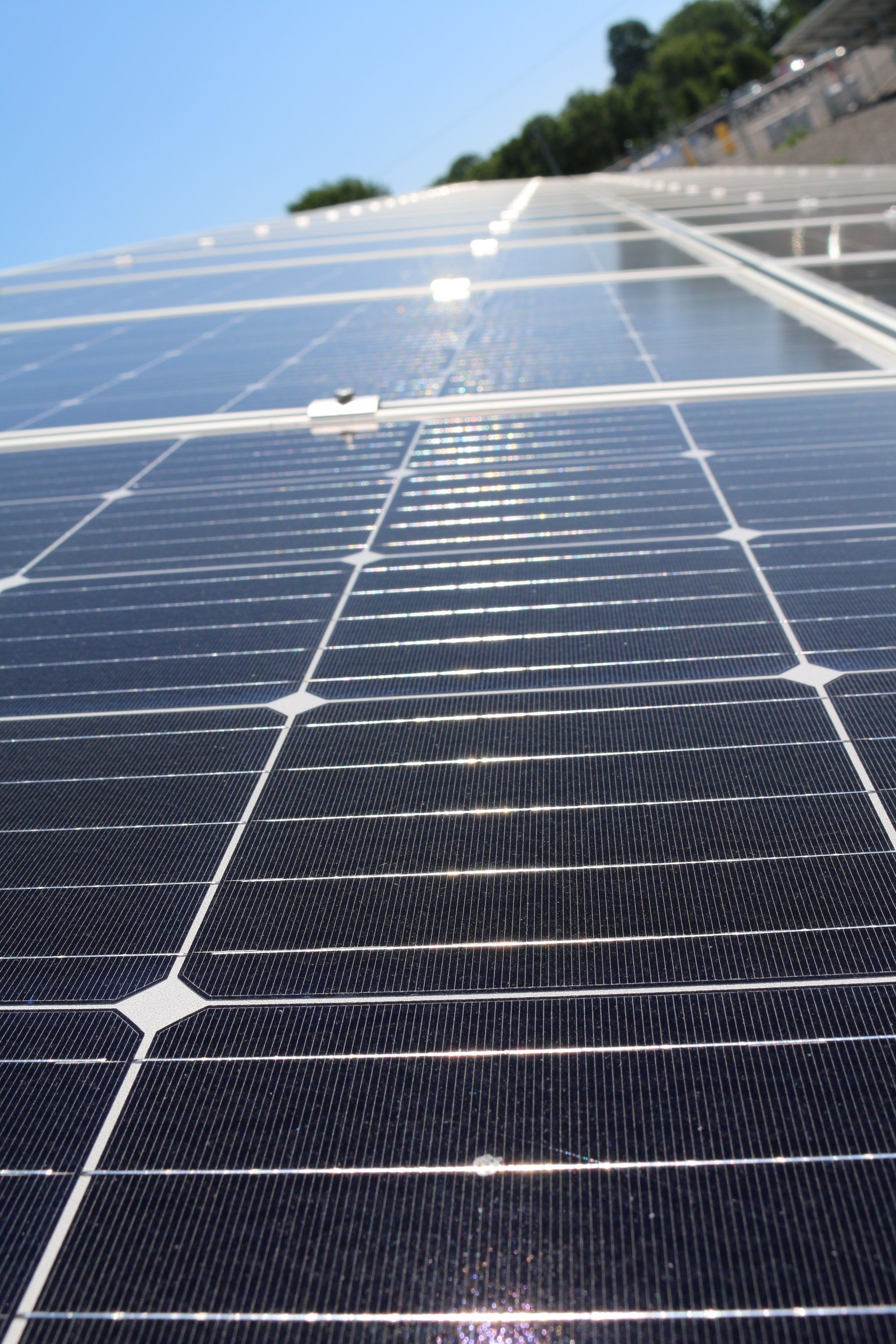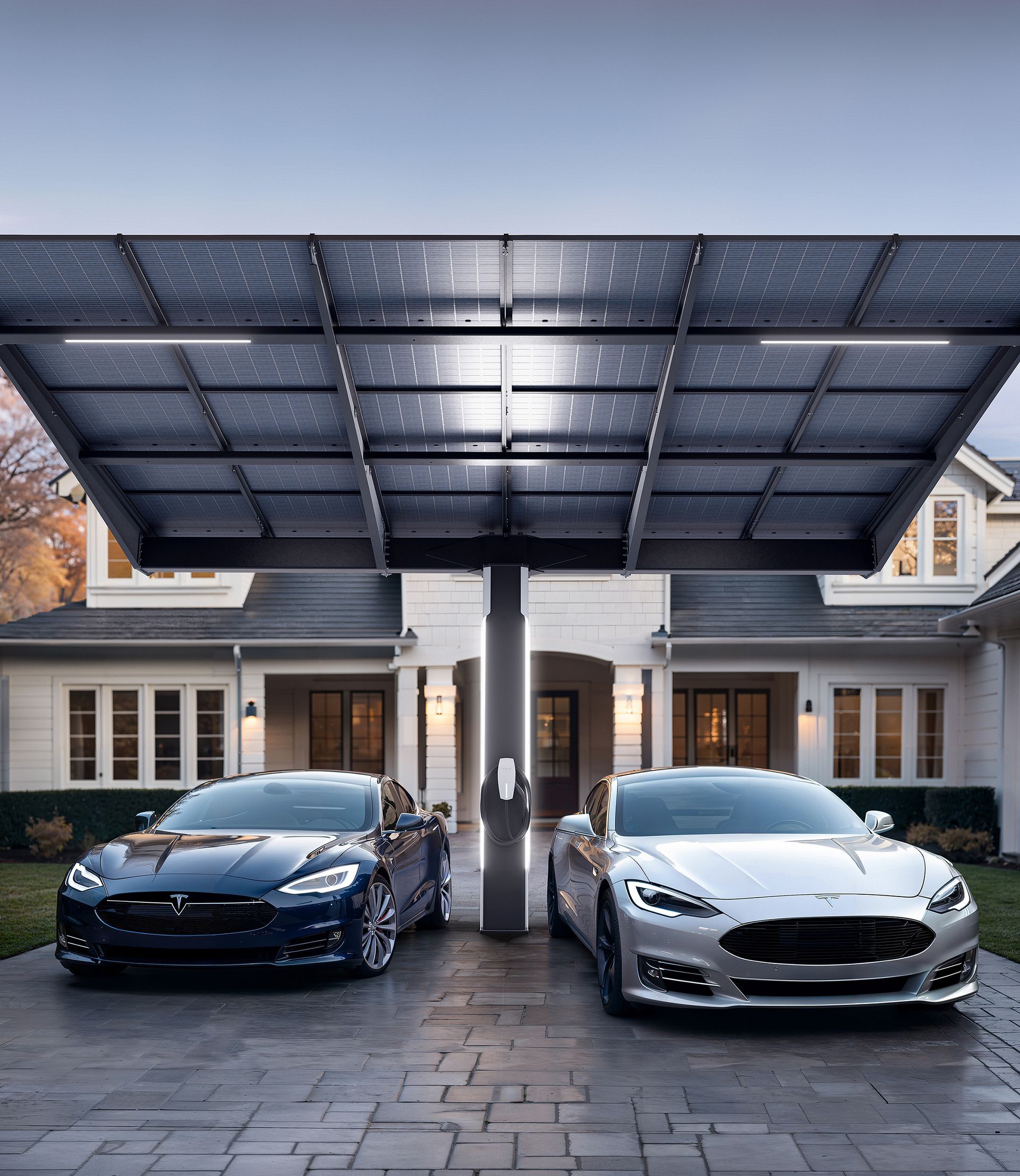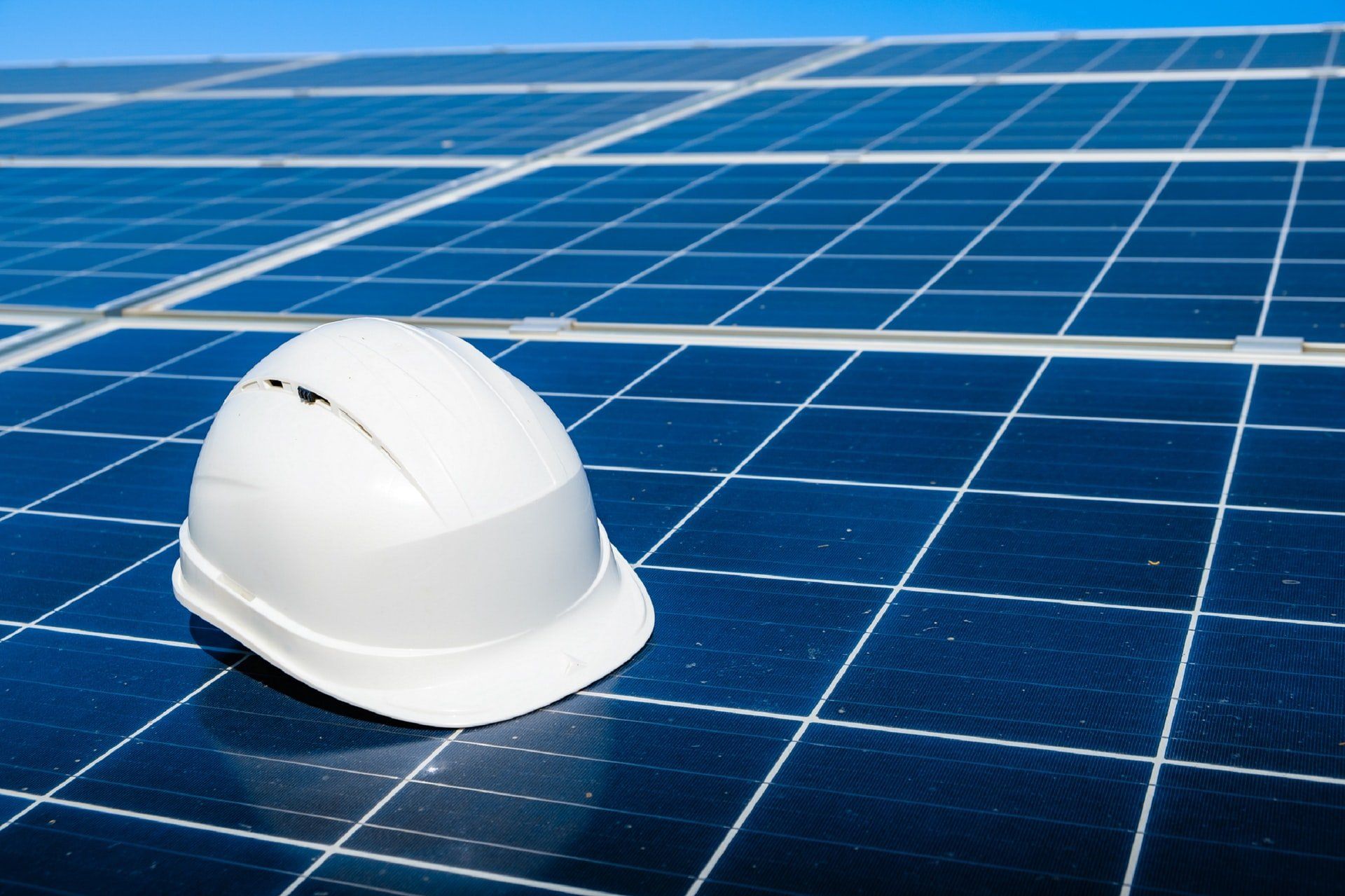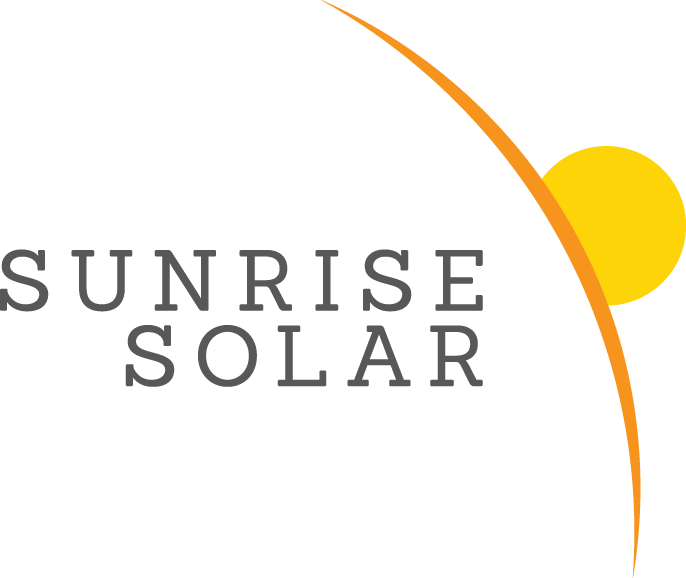Overcoming Commercial Solar Savings Myopia: How to See Long-Range Benefits More Clearly
People who are nearsighted typically find it more difficult to read road signs or see distant objects clearly. It’s a condition easily corrected with the right pair of prescription lenses. But those looking to purchase a new commercial solar panel system may not even recognize they have a form of “investment myopia” that’s preventing them from seeing beyond upfront installation costs.
The goal of this piece is to focus on some of the factors that impact the longer-term view of commercial solar savings. It could be just the prescription needed to make the right solar power decision for your business and help you see the best solar option is the one that provides the largest net savings over its lifetime.
Solar Energy Cost Per Watt vs. Cost Per What Really Matters
Comparing commercial solar power generating systems appears, on the surface, to be relatively straightforward. Simply add up the initial investment expenses (everything from site preparations, equipment purchase, installation costs—and anything else you need to spend money on in order to get your commercial solar system online) and then divide that figure by the anticipated amount of electricity the commercial solar panels will produce and you get a “cost per watt” figure.
The system with the lower cost per watt is then the obvious choice, right? Not necessarily. Learning to look beyond upfront costs can offer a more comprehensive and intelligent method to value a commercial solar investment long-term. The higher cost per watt option may actually prove to be the better deal in the long run—offering better value and ultimately, greater savings.
Cheaper vs. Better Solar Panels
A lower-quality car that initially costs less may in fact be more expensive when you start factoring in poorer gas mileage and repair bills. The same can be true for commercial solar panels. Here are some things to consider when buying solar equipment that’s expected to perform for decades:
Efficiency
A solar panel’s efficiency rating refers to the portion of sunlight energy it can convert into electricity. If its photovoltaic (PV) cells are more efficient, fewer panels are needed to meet electricity production goals—which can save money over a solar system’s lifetime.
Production/Yield
Daytime position of the sun, time of year, level of cloudiness, geographic location, and shadows all impact the amount of energy a solar panel produces. In addition, not all commercial solar panels are created equal. How consistently and effectively a commercial-grade solar panel performs in various conditions directly relates to its level of electricity production and yield.
Durability
Assessing solar panel durability is critical if the equipment is expected to be exposed to harsh environmental conditions. Will it be located near the corrosive sea air of an ocean coast? Do weather conditions change with the seasons? Can it handle the extreme heat of a desert? Even if the environmental risk is relatively low, more durable equipment may still be the better option because it is generally more dependable and less likely to fail. Greater solar panel durability can also lead to lower operation and maintenance costs. Although commercial solar systems are surprisingly easy to take care of, more durable panels are generally easier to maintain.
Degradation Rate
All solar cells degrade over time. That is, they produce less energy each year over the solar panel’s lifetime. Accurate predictions of decreased power output over time can help determine a more accurate return on investment (ROI). The lower the degradation rate, the more electricity your panels can produce, which means more savings over the system’s lifetime.
Investing in top-quality solar panels at the start may appear to be more expensive than going with a lesser option, but as the above list illustrates, quality matters. However, finding solar equipment that rates high in each of these categories is only part of the equation. What if the predictions on paper don’t pan out as expected in the real world? That’s why it’s important to partner with a reputable solar equipment provider willing to back its products with guarantees. But beware—not all guarantees are created equal.
Solar Warranties: Read the Fine Print
Most reputable commercial solar power panel manufacturers will offer two types of warranty:
A solar panel product warranty generally covers manufacturing and material defects that would result in the panel not working for some unexpected reason. These product warranties usually span 10 - 12 years of operation.
A solar panel power warranty (also called a performance warranty) usually guarantees a system will produce electricity at a predictable rate (see degradation rate above) over the first 20 years of a panel’s life. If a panel’s output falls short of the guarantee, the power warranty should cover replacement costs.
How a warranty is honored can be even more important than what it covers. Does it pay for the removal of defective modules? How about the expenses associated with the shipping and installation of replacements? Will the solar equipment provider also reimburse for the loss of electricity not generated while the system is being repaired? If the answer is “no” to any of these questions, it could mean there may be significant costs to maintaining a commercial solar system lurking in the future—especially for lower-quality panels. As product prices continue to drop, the cost of labor could be the true risk hidden in a warranty. Read carefully.
And remember—a warranty is only as good as the company that stands behind it. Be sure to check its history, current stability, and customer satisfaction. For a product that lasts 30 - 40 years, it’s important to find a partner that will provide support throughout. Investing in quality solar equipment that has the full backing of the manufacturer can save you headaches and money down the line. It’s an investment in value and savings.
More Really Can Be Less
These are just a few examples of factors impacting the long-term value of a commercial solar project. They illustrate how total “cost per watt” offers a nearsighted and potentially deceptive view of the true value of commercial solar benefits. Paying a bit more now can actually mean spending less later. And spending less now runs the risk of much higher costs down the line. With a future so bright you have to wear shades, it’s important to have sunglasses with the correct prescription to focus on the real value of commercial solar savings now, and decades from now—so you can clearly see the best solar option is the one that provides the largest net savings over its lifetime.
